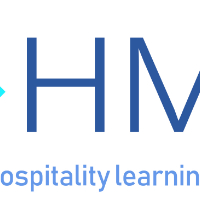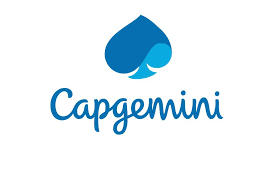Introduction to Activity Based Costing
Learn how ABC system is better than traditional costing systems through a practical example

Lectures -11
Duration -1.5 hours

30-days Money-Back Guarantee
Get your team access to 10000+ top Tutorials Point courses anytime, anywhere.
Course Description
Traditional cost accounting spreads out overhead and indirect costs over product cost, based on a random and inaccurate driver such as manufacturing cost, labor hours, units sold, revenue, etc. This results in over- and under-allocation of some products and customers, which can distort the profitability of products and customers. This can lead to misinformed management, and decisions to prioritize certain products or customers can have disastrous outcomes because of it.
Activity-based costing (ABC) is mostly used in the manufacturing industry since it enhances the reliability of cost data, hence producing nearly true costs and better classifying the costs incurred by the company during its production process.
ABC is used to get a better grasp on costs, allowing companies to form a more appropriate pricing strategy.
Step by Step ABC calculation is as follows:
· Identify all the activities required to create the product.
· Divide the activities into cost pools, which include all the individual costs related to an activity—such as manufacturing. Calculate the total overhead of each cost pool.
· Assign each cost pool activity cost drivers, such as hours or units.
· Calculate the cost driver rate by dividing the total overhead in each cost pool by the total cost drivers.
· Divide the total overhead of each cost pool by the total cost drivers to get the cost driver rate.
· Multiply the cost driver rate by the number of cost drivers.
In this course we will take you through the practical aspects of each step one by one.
Who this course is for:
- finance managers
- business leaders
- cost accountants
- accounting professionals
- factory managers responsible for costing decisions
Goals
What is Activity based Costing (ABC)
Steps in implementing ABC system
How ABC system is different from traditional costing methods
Benefits of implementing ABC system
Case Study to understand practical implications
Prerequisites
Prior understanding of basic cost accounting would be ideal

Curriculum
Check out the detailed breakdown of what’s inside the course
Introduction
11 Lectures
-
Activity Based Costing 50:30 50:30
-
What is activity based costing 13:49 13:49
-
Functional Based Costing and Differences 06:42 06:42
-
Designing ABC System 00:38 00:38
-
Steps 1 -Identify activites & Cost Pools 06:52 06:52
-
Steps2 - Activity Cost Driver 01:09 01:09
-
Step3 - Assign Cost to Activity Pools 04:42 04:42
-
Steps 4 -Calculate the Activity Rates 03:01 03:01
-
Steps5 - Assign Cost to Objects 03:28 03:28
-
Step6- Reporting and Monitoring 02:59 02:59
-
Final Videos with more examples 22:44 22:44
Instructor Details

Manish Gupta
Course Certificate
Use your certificate to make a career change or to advance in your current career.

Our students work
with the Best


































Related Video Courses
View MoreAnnual Membership
Become a valued member of Tutorials Point and enjoy unlimited access to our vast library of top-rated Video Courses
Subscribe now
Online Certifications
Master prominent technologies at full length and become a valued certified professional.
Explore Now



 Updated on Jul, 2024
Updated on Jul, 2024
 Language - English
Language - English